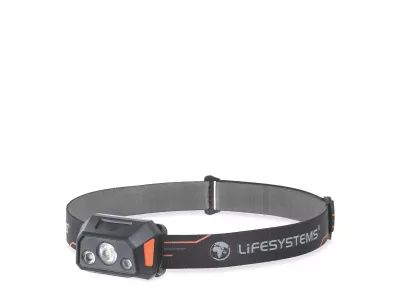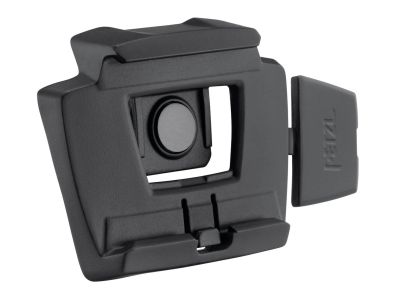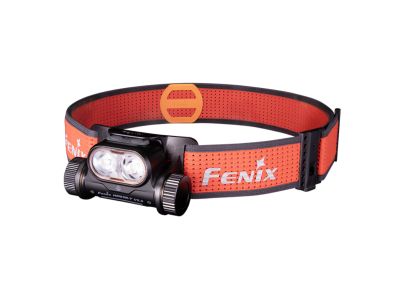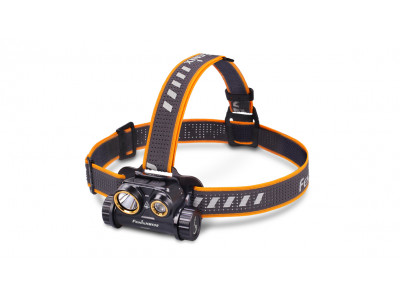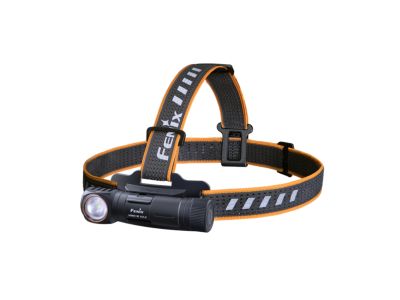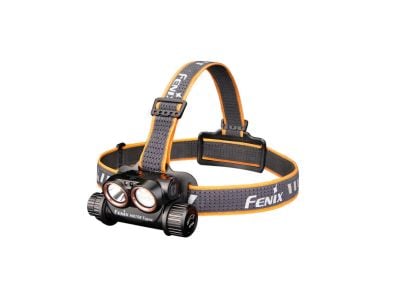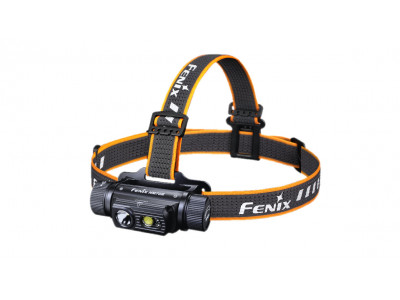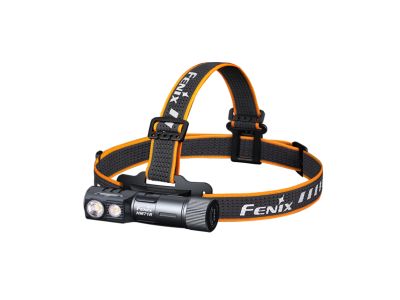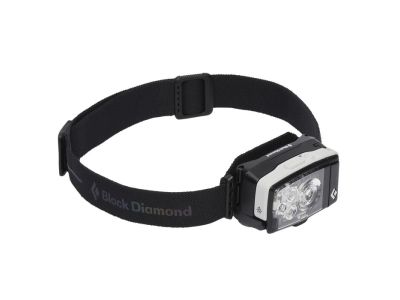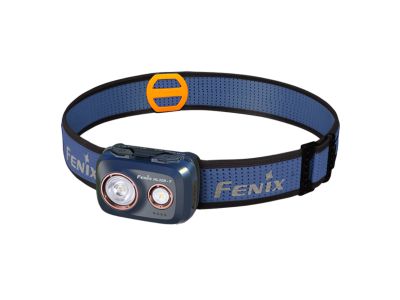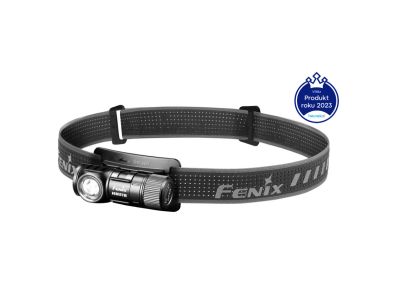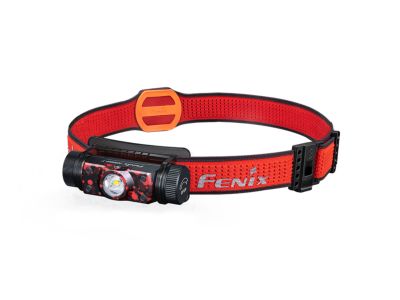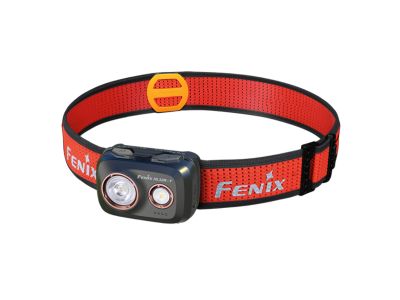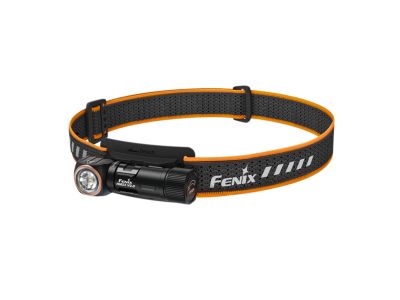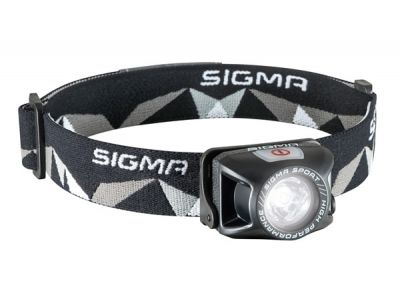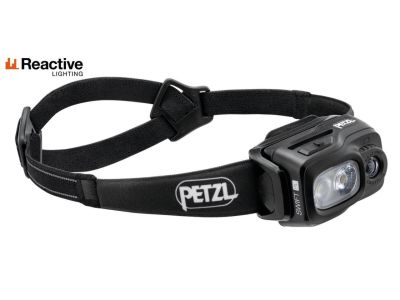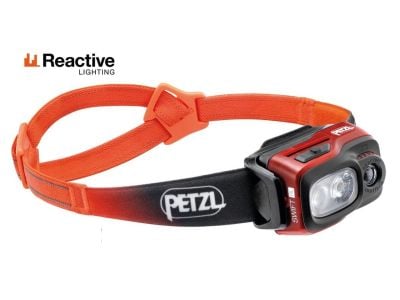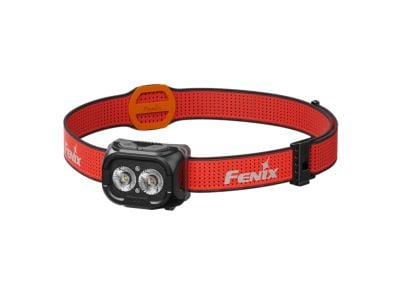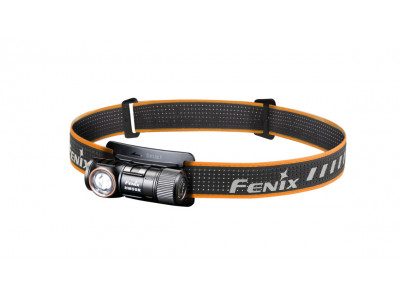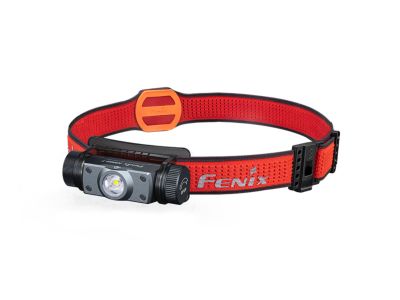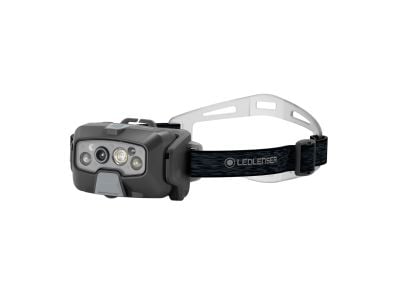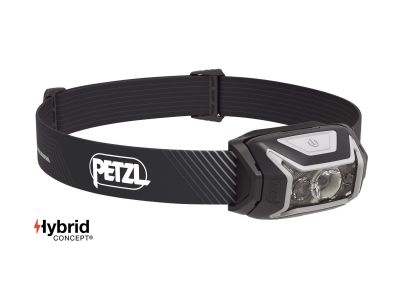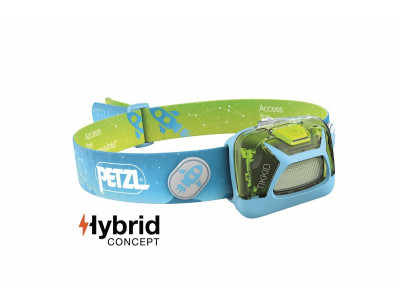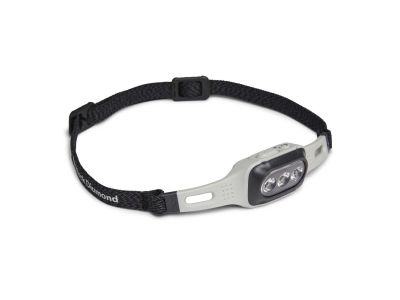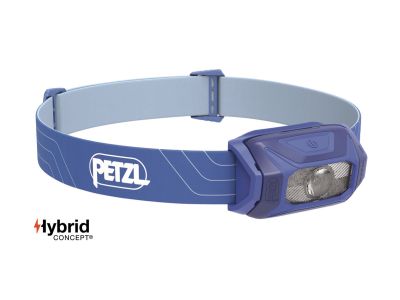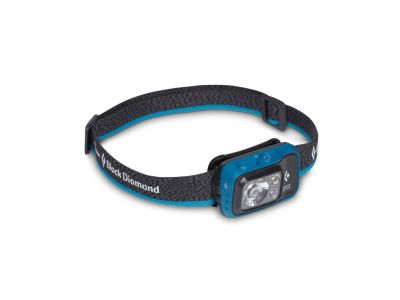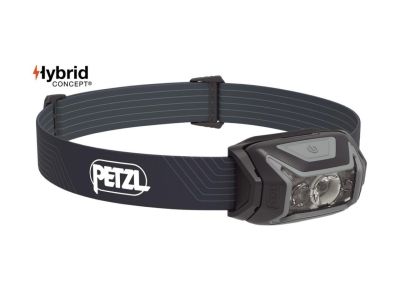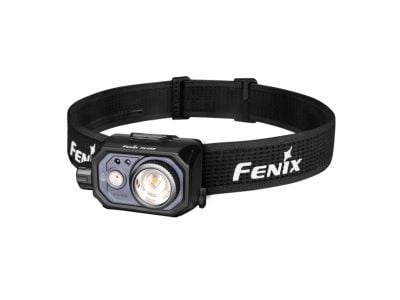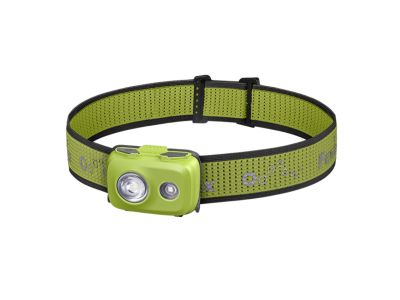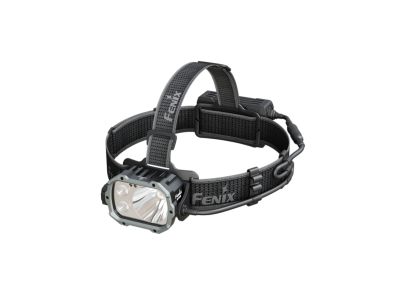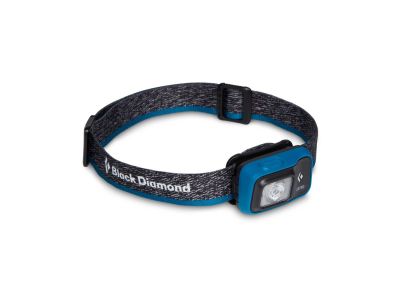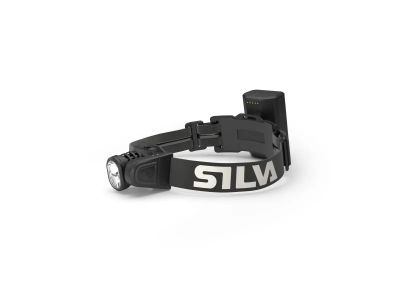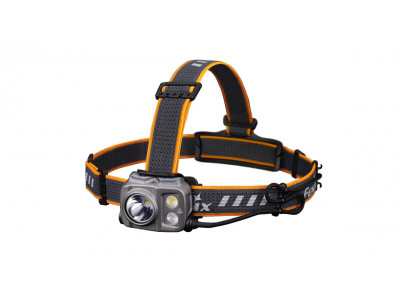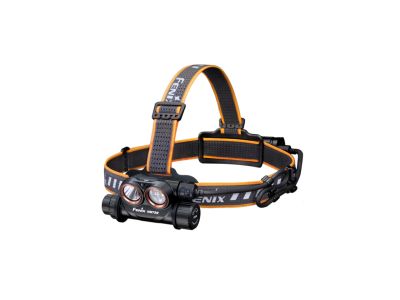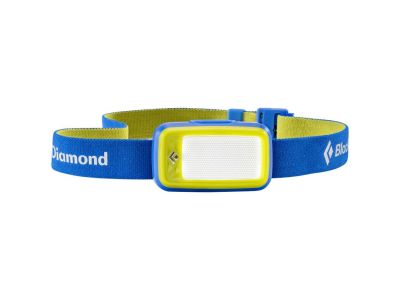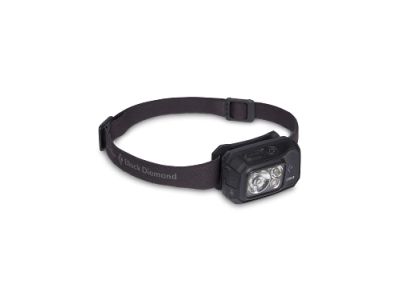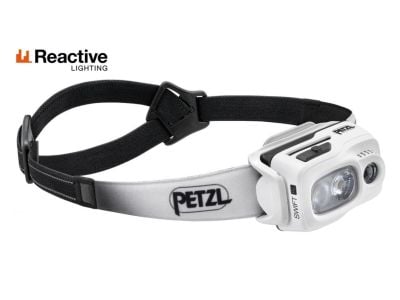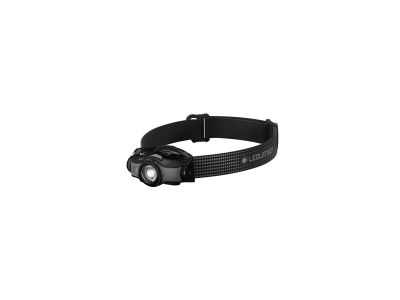Headlamps and lamps are among the equipment that should not be missing in the luggage of any tourist, whether he plans to move in the dark, or is forced to do so by circumstances. Headlamps have the great advantage that when using them, both hands remain free, the beam of light follows the gaze, the turn of the head. You need to monitor the weight sensitively, every extra gram on the head can be felt. There are also versions with external power supply, the battery can be placed comfortably in a pocket. It is a good idea to think in advance about how to attach the headlamp, whether directly on the head or on the helmet.
How to choose a suitable headlamp?
When choosing a headlamp for outdoor activities, there are several important parameters to consider:
- Luminous flux: The luminous flux of a headlamp is usually measured in lumens. A higher lumen number means a brighter light output. A headlamp with at least 400 lumens is recommended for most outdoor activities, but if you’re doing activities like trail running or mountain climbing, you may need more.
- Beam range: This specification indicates how far the light from the headlamp can reach. It is measured in meters. Consider the type of outdoor activity you will be doing to determine the appropriate beam range.
- Beam type: Headlamps typically offer different types of light beams, such as spot beams or adjustable beam patterns. Wide beams provide broad illumination for close-up tasks, while spot beams offer a narrower, focused light for long-distance visibility. Adjustable beams allow you to switch between different beam patterns as needed.
- Battery life: Consider the length of time you will be out in the wild and choose a headlamp with a battery life that suits your needs. Headlamps can use disposable batteries (such as AA or AAA) or rechargeable batteries. Rechargeable headlamps are more environmentally friendly and more cost-effective in the long run.
- Weight and comfort: Since you'll be wearing your headlamp for extended periods of time, it's important to choose a lightweight and comfortable model. Look for headlamps with adjustable straps and an ergonomic design.
- Waterproof: If you expect to use your headlamp in wet or rainy conditions, make sure it has adequate waterproofing or water resistance.
- Additional features: Some headlamps offer additional features such as red LED lights, adjustable brightness settings, strobe modes for emergencies, and a tilt function to direct the light where you need it.
What are the advantages of using a headlamp compared to a handheld flashlight?
Headlamps provide hands-free lighting, allowing you to perform various tasks in the dark while keeping your hands free. They provide a more even and consistent light source because the beam moves with your head, providing better visibility. Headlamps are generally more comfortable to wear for extended periods of time compared to holding a flashlight.
Can I use the headlamp in extremely low temperatures?
Most headlamps are designed to withstand cold temperatures to some extent. However, freezing temperatures can affect battery performance. It is recommended to keep spare batteries in a warm place and replace them when necessary.
